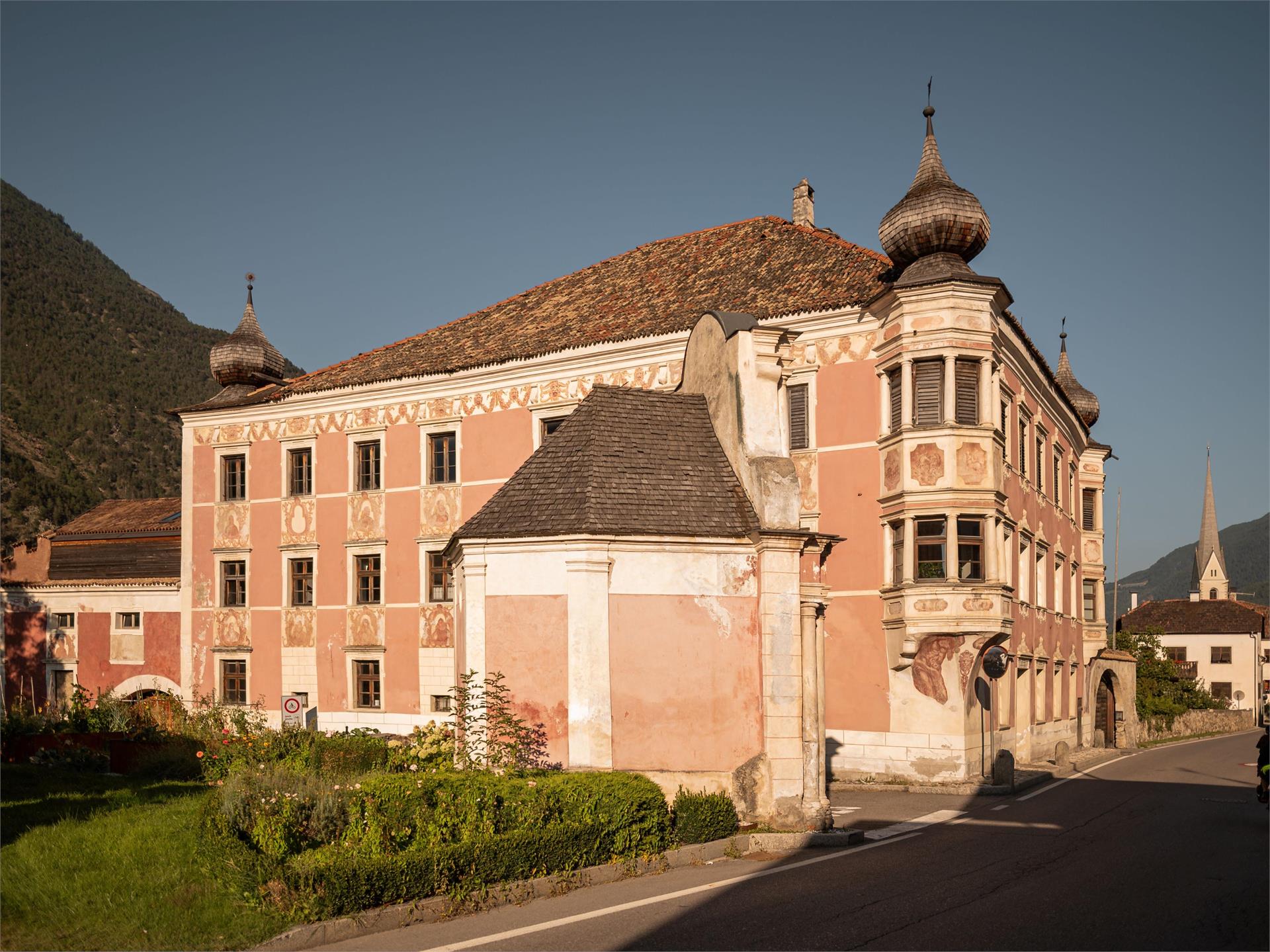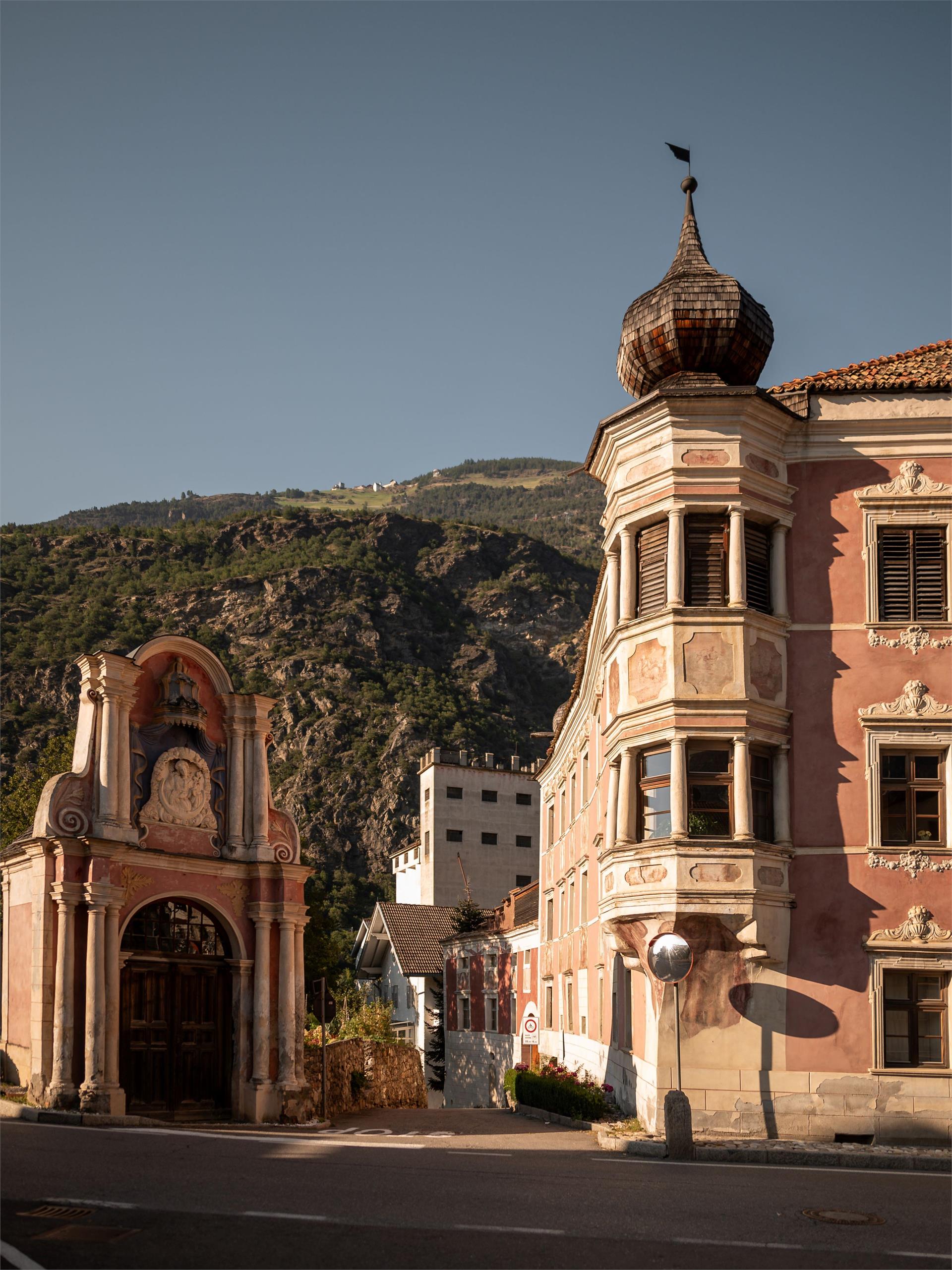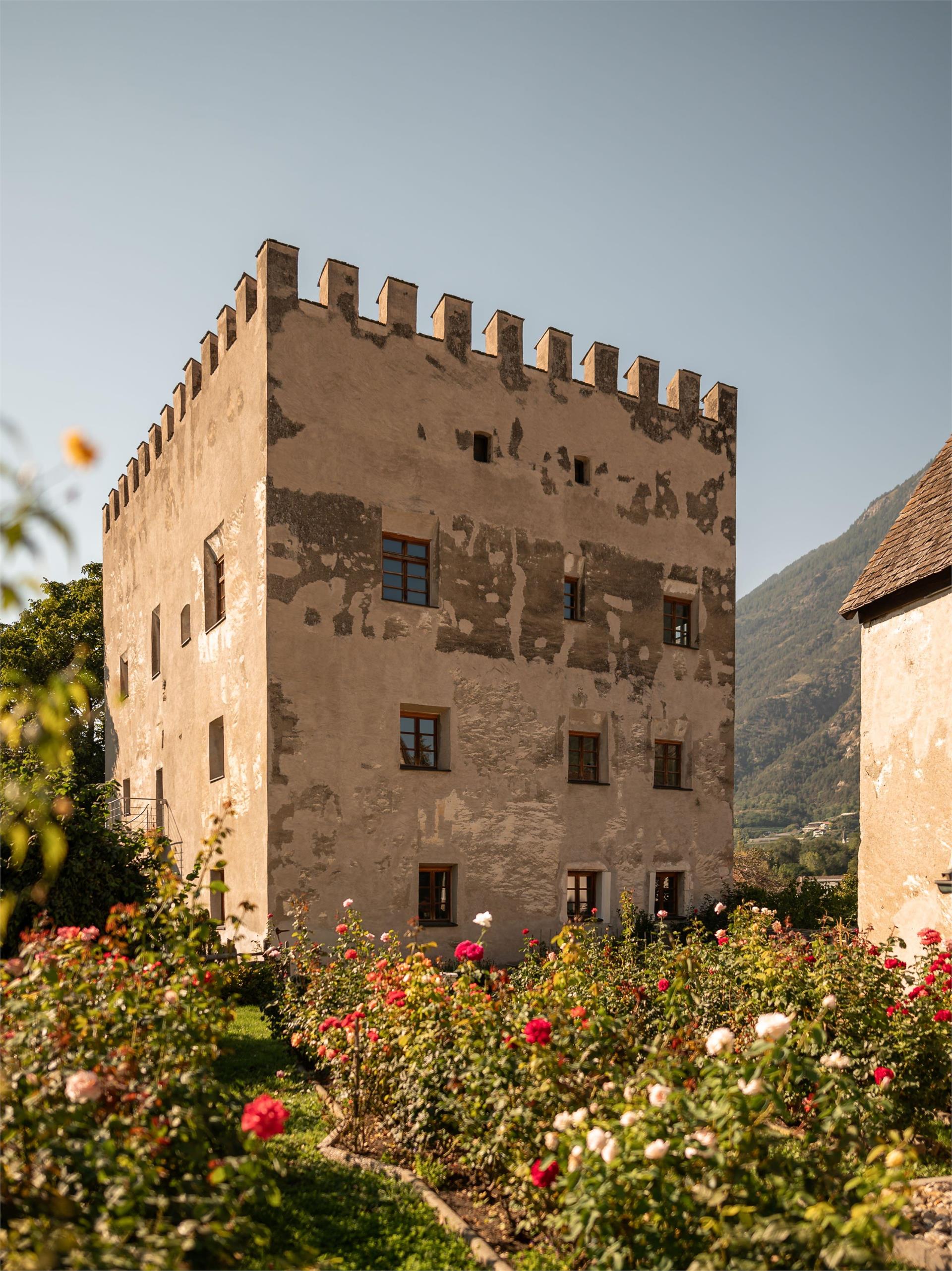Het merendeel bevindt zich rondom Bolzano/Bozen. In dit gebied vallen meteen de architectonische hoogstandjes op tussen alle landgoederen en kasteelachtige gebouwen uit de moderne tijd, bestaande uit een herenhuis en gebouwen voor het werk op het land. Deze zogenaamde 'Uberetscher'-stijl vormt een combinatie van Scandinavische gotiek met torentjes en andere elementen uit de Italiaanse renaissance. Interessant ook is dat deze stijl vooral voorkomt in het gebied tussen Bolzano en Kaltern an der Weinstraße/Caldaro sulla Strada del Vino.





















































